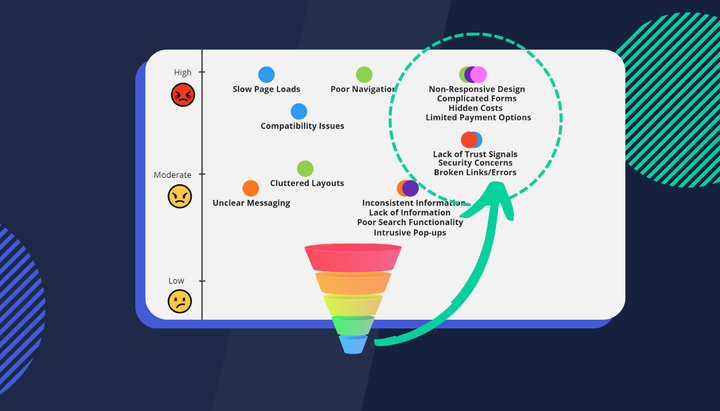What is a website conversion funnel?
In the vast, ever-changing landscape of digital analytics, one concept continues to hold significant importance - the conversion funnel.
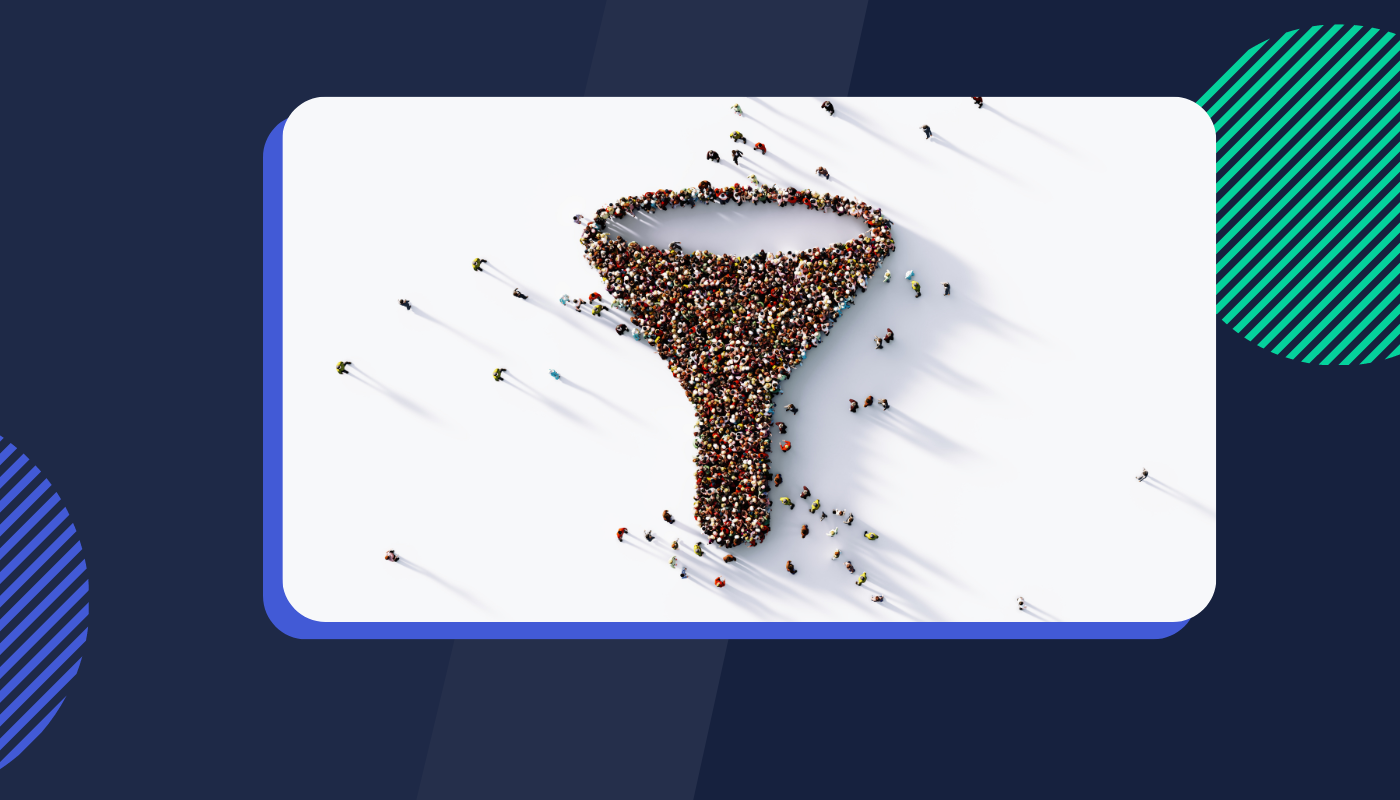
In the vast, ever-changing landscape of digital analytics, one concept continues to hold significant importance: the website conversion funnel. This metaphorical funnel charts the course visitors take on a website, from their initial arrival to the achievement of a conversion goal. This conversion could be anything from making a purchase, signing up for a newsletter, completing a form, or any other action defined by the website owner.
The image of a funnel aptly depicts the way visitor numbers typically dwindle as they navigate through the various stages of their journey – from the broad mouth of the funnel (the point of entry) to the narrow exit point (the conversion action).
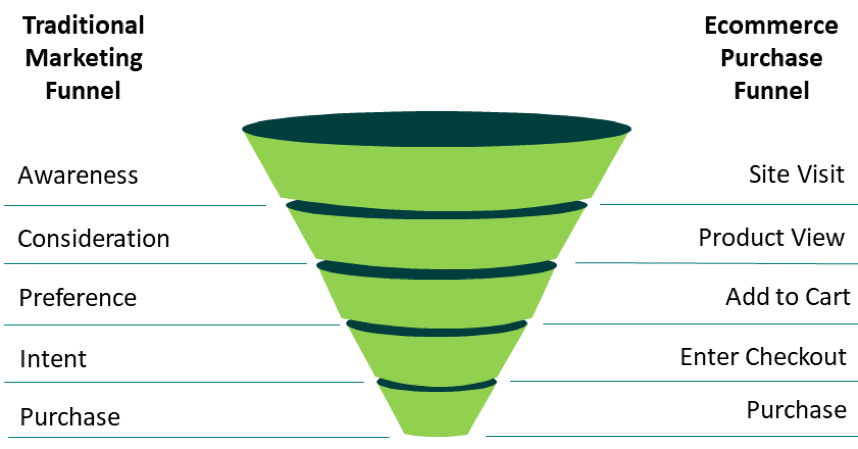
Mapping your website conversion funnel to the buyer's journey
Let's delve into the various stages of a website conversion funnel.
1. Awareness: The First Encounter
The awareness stage is where a visitor first stumbles upon your website. This could be the result of a search engine query, a click-through from a digital ad, or a link shared on social media. This is the stage where the initial connection between the visitor and your brand is established. Typically you'll start a funnel with either your homepage or a dedicated landing page you're driving campaign traffic to (although technically any page on your website can be the first touchpoint).
2. Interest: Delving Deeper
The interest stage involves the visitor delving deeper into your site, engaging with your content, and showing signs of interest in your product or service. This stage is all about piquing their curiosity and keeping them engaged. On your website, this might be your product view page. A product view page is a webpage on an e-commerce site that provides detailed information about a specific product. This page typically includes the product's name, description, price, images, reviews, and other key details that a customer might need to make a purchase decision.
Customers usually arrive at a product view page after clicking on a product from a category page, a search results page, or a promotional link. The primary aim of the product view page is to provide sufficient information to persuade the customer to add the product to their shopping cart and proceed to checkout.
A well-designed product view page can significantly impact an e-commerce website's conversion rate. To be effective, it should be easy to navigate, visually appealing, and provide comprehensive product details. It might also include elements like a "Buy Now" or "Add to Cart" button, related products, and social share buttons.
3. Desire: Contemplating the Decision
At the desire stage, the visitor starts seriously considering your offering. They might compare it to similar offerings from competitors, evaluate the benefits, and weigh the costs. This is where the visitor transforms from a casual browser into a potential customer.
4. Action: The Final Leap
The action stage, the funnel's narrowest point, is where the visitor completes the defined conversion action. This could be finalising a purchase, filling out a form, subscribing to a service, or any other goal you've defined for your website.
The beauty of the website conversion funnel lies in the insights it offers. By analyzing the journey of your visitors through this funnel, you can identify the stages where potential customers are dropping off. This, in turn, provides valuable guidance on where to make enhancements to your website design or marketing strategies. Understanding your website conversion funnel is the first step towards boosting your conversion rate and driving your online success.
Recommended reading:
Open vs. Closed Funnels Explained
In digital analytics, funnels are used to understand and visualise the stages customers go through to complete a certain goal, such as making a purchase or signing up for a newsletter. The terms "open funnel" and "closed funnel" refer to different types of these customer journeys.
- Open Funnel: In an open funnel, users can enter or leave at any stage. This means they do not have to go through every step sequentially to reach the conversion goal. For example, a customer might jump from viewing a product directly to the checkout page, bypassing other steps like viewing the shopping cart. An open funnel gives a more realistic picture of user behaviour on websites, as visitors often do not follow a linear path to conversion.
- Closed Funnel: In a closed funnel, users must pass through each stage in a specific sequence to reach the end goal. If a user skips a step, they are not counted as part of the funnel. For instance, a customer has to first land on the homepage, then view a product, add the product to their cart, and finally proceed to checkout. Closed funnels give a structured view of the customer journey and are useful for processes that require sequential steps.
Both open and closed funnels have their uses in digital analytics. Open funnels can provide a broader perspective on customer behaviour, while closed funnels are useful for understanding and optimising defined, sequential processes.
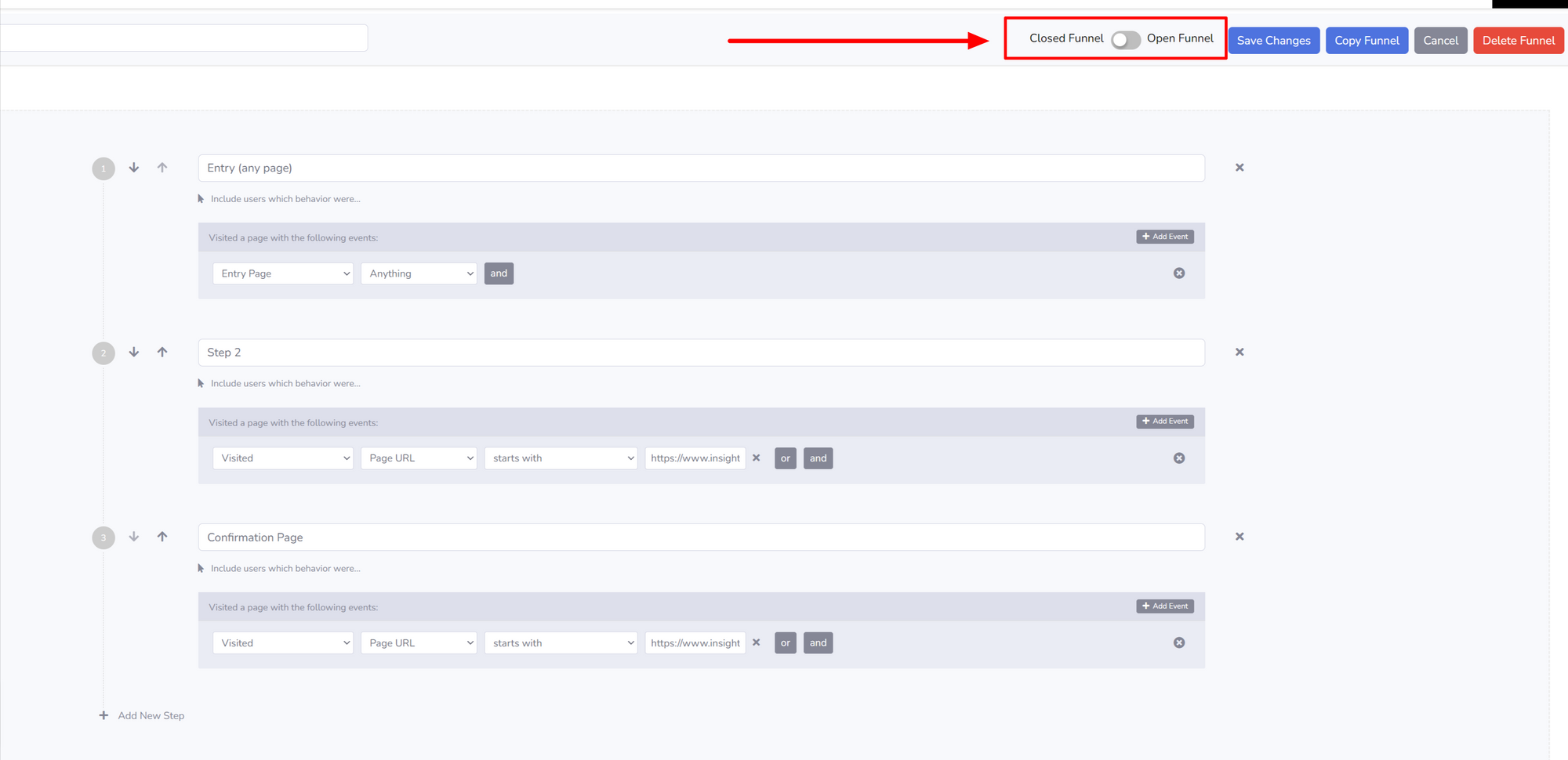
What are conversion funnel drop-offs?
A conversion funnel drop-off refers to the point in the customer journey where users abandon the process and do not proceed to the next step or complete the final conversion goal. These drop-off points are often visualized in a funnel diagram, reflecting the diminishing number of users at each successive stage.
For example, in an e-commerce context, if a user lands on a product page (step 1), adds an item to their cart (step 2), but then leaves the website without completing the purchase (step 3), they have "dropped off" at the transition between step 2 and step 3.
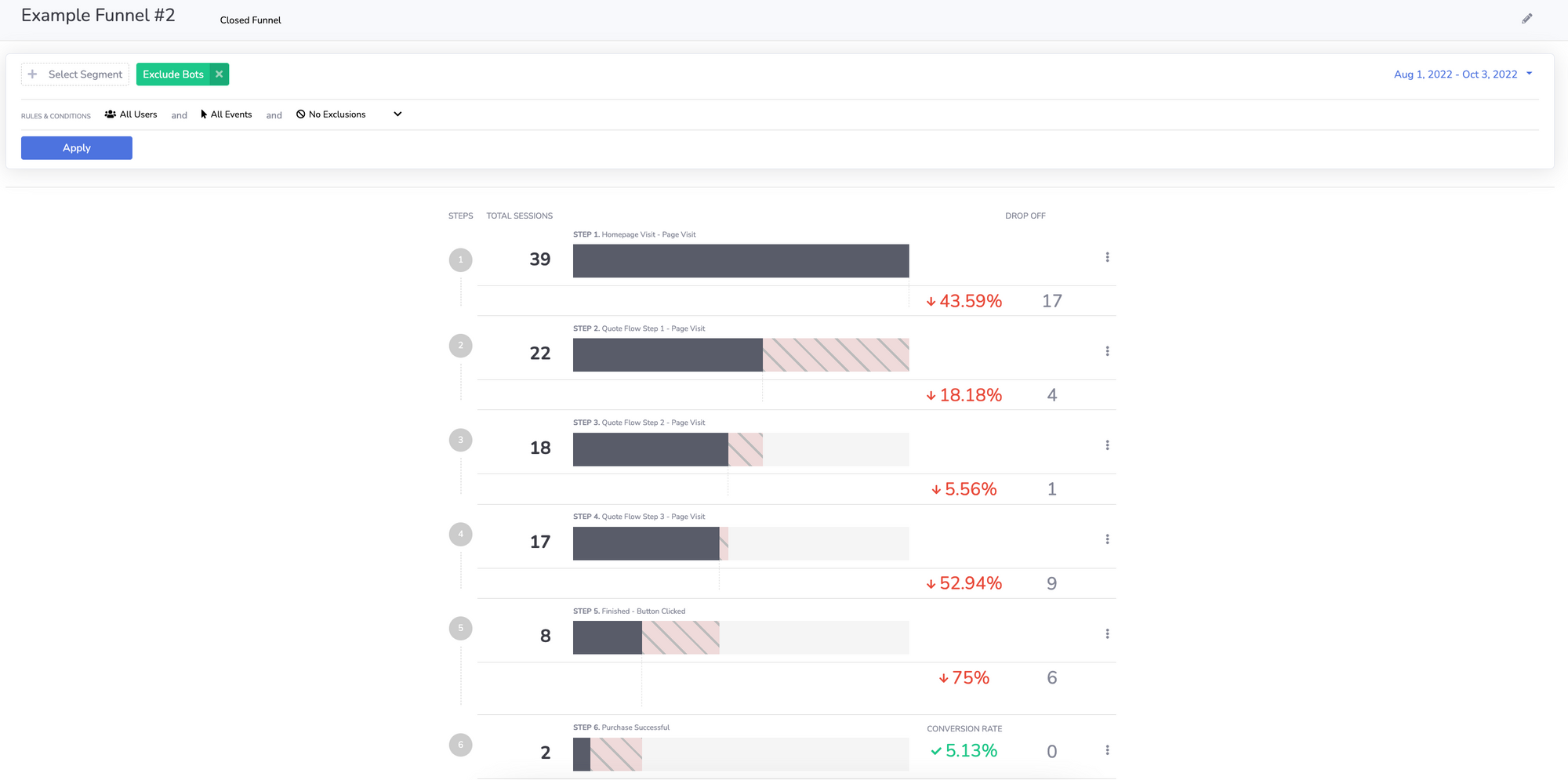
Identifying and analysing conversion funnel drop-offs is crucial for both short and long-term business success. It can highlight problem areas or bottlenecks known as digital experience friction deterring users from completing the conversion (such as purchasing an item in their cart or submitting an application form). These could be due to various reasons such as confusing navigation, long checkout processes, mandatory account creation, technical glitches, or in the case of eCommerce - unexpected shipping costs.
By addressing these issues and optimizing the customer journey, businesses can reduce drop-off rates, improve conversion rates, and enhance overall user experience.


